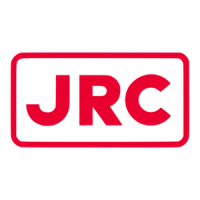1-1 Section 1 Introduction
Section 1 Introduction
1.1 Read Before Use
About the Quick Operation Guide
For more details, please read the Operation Manual.
Please keep this Quick Operation Guide in an easily accessible place.
About the Radar
Use the radar solely as a navigation aid. Also, the final decision of manoeuvring must be made by the
person who manoeuvres the ship. If the final decision on manoeuvring is solely made based on the
information displayed by the radar, it may cause accidents such as collision and running aground.
About sea clutter suppression
Do not adjust the sea clutter suppression function until all sea clutters are erased in the close distance
range.
Otherwise, targets such as vessels and dangerous objects will be suppressed in addition to echoes
from waves, causing to interfere detection.
When using the sea clutter suppression function, always perform optimum suppression adjustment.
About rain/snow clutter suppression
Do not adjust the rain/snow suppression function excessively. Otherwise, targets such as vessels and
dangerous objects will be suppressed in addition to echoes from rain and snow, causing to interfere
detection.
When using the rain/snow clutter suppression function, always perform optimum suppression
adjustment.
About the target tracking function
Use the target tracking function solely as a navigation aid. Also, the final decision of manoeuvring must
be made by the person who manoeuvres the ship. If the final decision on manoeuvring is solely made
based on the information acquired from the target tracking function, it may cause accidents.
Vectors, target numeric data, alarms and other information displayed by the target tracking function
may contain errors. Note that targets which cannot be detected by the radar can neither be acquired
nor tracked.
If the final decision on manoeuvring is solely made based on the information displayed by the radar, it
may cause accidents such as collision and running aground.

